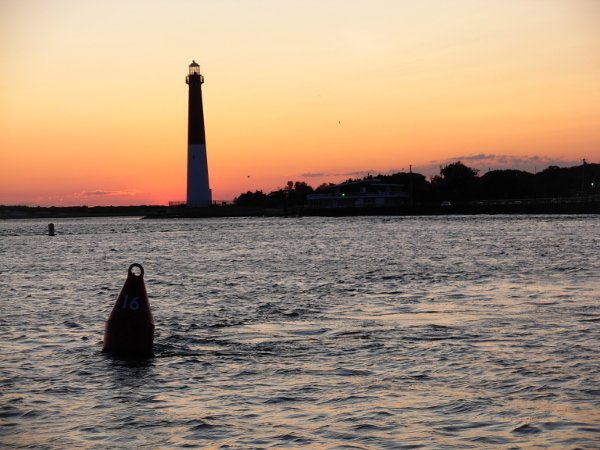When speaking to most saltwater anglers, a common misconception arises on the topic of tides. The mistake being from the reliance on tide charts to determine the optimal fishing times rather than your own knowledge and observation.
For example, on a recent fishing trip, our crew left the dock mid-afternoon to hit the inlet as the predicted high tide was at 3:30pm. We were trying to land big Striped Bass which prefer feeding at the top of the high tide just before it changes to the outgoing.
As we pulled to the inlet, the tide was still flowing and showed no signs of stopping. It flowed in for another three hours before finally slowing enough for us to fish. Where did we go wrong? And how many have made the same crucial mistake?
What most people don’t realize is that tidal charts merely indicate the times for the minimum and maximum water heights, not the flow of water. And as fishermen, we need to be all about the “flow.”
Tide & Current
As most of us have already learned in grade school, tides are caused by the effect of the moon’s gravitational pull. But tides, predicted by tide charts, refer to the vertical movement of water. Tidal currents are characterized by the horizontal movement of water and are usually not found on tide charts. Current predictions are what should drive your target locations and times.
Correcting the most common mistake
Even though an area may reach it’s maximum or minimum tidal height, the current may continue for hours past the time listed on the tide chart.
Let’s rewind our Striped Bass trip to see how we should have planned it. Our area listed on a tide chart had the “high tide” occurring at 3:30 pm, but the slack high current indicated by the current chart doesn’t occur until 7:15pm. Accounting for the current flow, we could have saved ourselves a few hours of unsuccessful fishing by leaving the dock closer to 6:15 pm to truly target the correct “tide.” This is why reading a current chart is vital to the success of a fishing trip.
Current Flow & Fish Behavior
Most predatory gamefish will feed on a specific current, rather than tide, as most orient themselves in feeding locations facing the oncoming current. As tidal currents begin to slow, gamefish will begin to feed more aggressively as their energy expenditures are much less with the decreased current, and as baitfish will be more available.
As the tide approaches the slack (no current), gamefish will opportunistically search and hunt during this brief period before settling into their next feeding location. For example, summer flounder or fluke will find new feeding stations during the tide change to account for the new direction of water flow. As the current begins, feeding will continue but will slowly decrease as the current flow approaches its maximum velocity, which is generally the mid-portion of the tide.
So Remember
Tidal current is what ultimately drives fish behavior (feeding, searching, moving, and non-feeding). So the next time you want to fish a tidal body of water, pay attention to the currents as they can mean the difference between success and failure.
Photo credit: Capt. Brett Taylor








